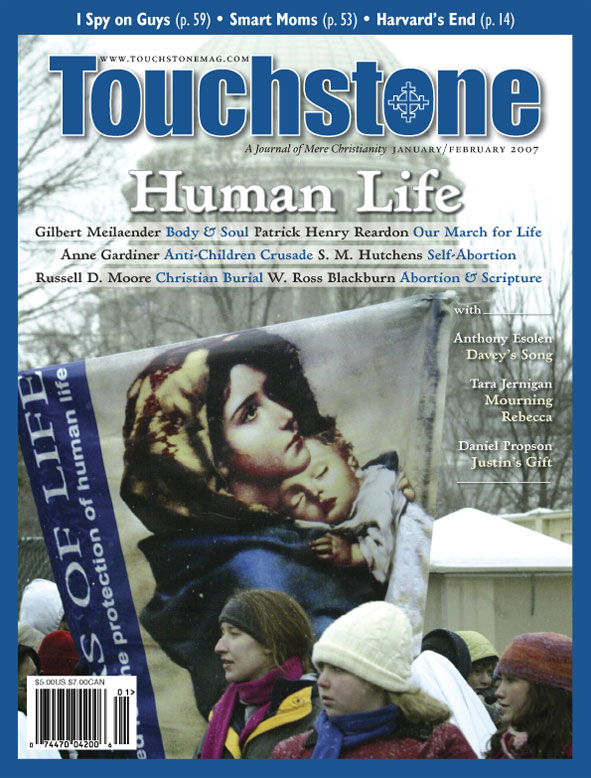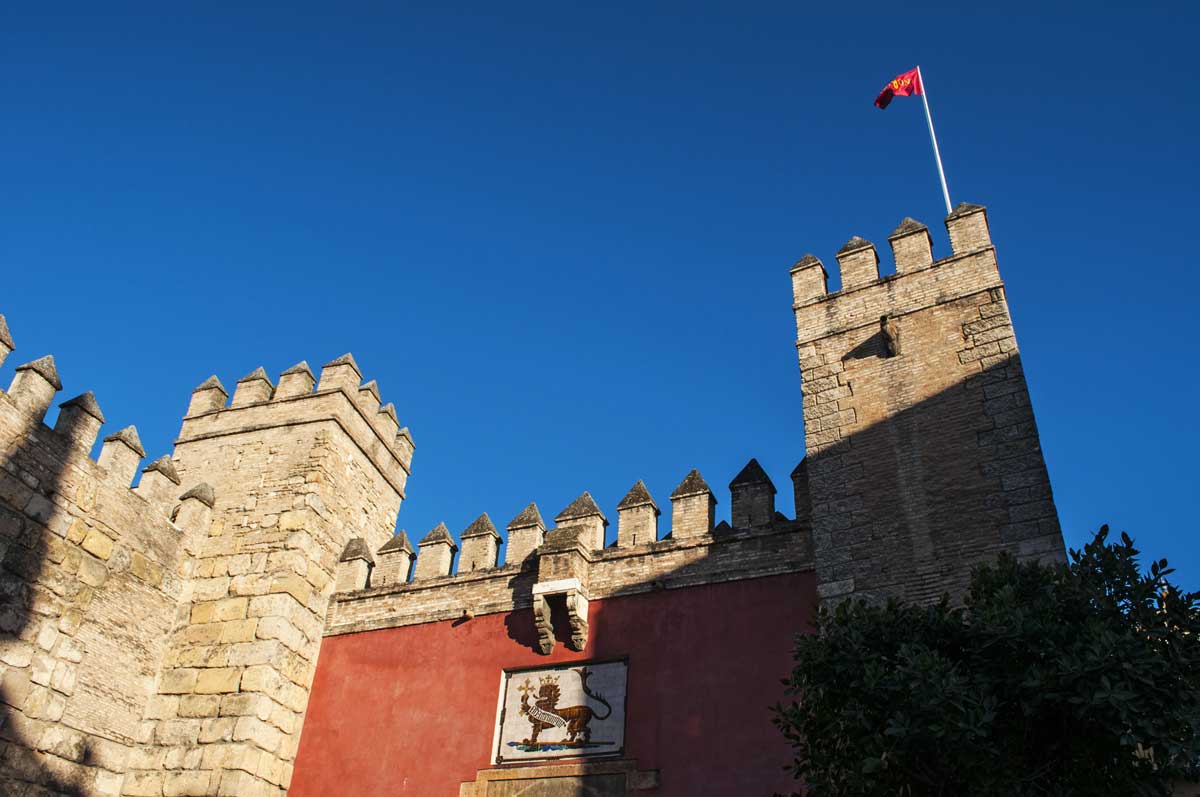Of Myths & Men
Robert Hart on How the George Washington Story Got Started
An archeological find from the future is rare. I don’t know how, but one day, pages 343 and 344 of a book called The Washington Myth, apparently written in the fortieth century, appeared on my desk. The middle of the first page is damaged, and we can only read the top and bottom and a footnote. The second page is intact and contains a footnote also, of which we do not have the ending, as it appears to have been continued on the next page.
The Deity Washington
We begin with the first excerpt from page 343, in the middle of a sentence:
. . . theory, that George Washington was not regarded as an actual deity by the ancient Americans, but only as their patriarch, is, we admit, plausible at first glance. Perhaps his ability to sprout wooden teeth, mentioned in many but not all ancient sources, developed from a story that originally contained no supernatural element: however, this theory is thinly supported, and must be weighed against the almost certain consensus that the story was, from the first, a tale about Washington’s divine or magical powers.
The assertion that ancient Americans were Monotheists and would not be inclined to worship a god like Washington overlooks the presence of Chinese immigrants, who, building the massive railroads in the nineteenth century which connected the whole country, would have been the most important cultural influence in the spread of the American nation. They would have brought ancestor worship into the American experience, transforming George Washington’s patriarchal status into divinity.
The second excerpt from page 343 begins about halfway down the page:
. . . and so it is clear that a multi-ethnic nation, needing to have a psychological and spiritual oneness, first created the myth of a common ancestor, as the Romans had believed in Romulus and Remus. The creation of George Washington, no doubt a synthesis of various legends (the most important of which we shall mention), met a great need for a national patriarch for a new nation with no natural source of common identity. Later, the influence of the dominant oriental culture led to the worship of this ancestor as father of the country.
Although we do not doubt that George Washington was real as a felt force for unity and a sense of national identity—a reality possessing great spiritual power—it is nonetheless certain, because it is agreed upon by scholars , that George Washington did not actually exist, nor did he need to exist, as a real man in history.
The footnote reads:
Regarding the subject of Washington as a real patriarch to the mind of the ancient Americans, and not a merely symbolic one, much extensive research by the Austrian scholar, Barbara Teehrignen (in Das Wahramericanischergeschictegrossbuch, published in 3907) reveals an obelisk to Washington’s honor in the Capital city named for him. The meaning of the obelisk is clear, as the male organ was so revered that whole communities called themselves ‘Penal colonies,’ no doubt to invoke the blessing of fertility. The symbolic connection with the idea of Washington as “the father of our country” is clear.
The Real George
On to the next page:
In order to find the root of the George Washington myth, we need to look across the ocean, from America to England, the ancestral home of the colonists of the first 13 states. There we see that the king against whom they rebelled was named George. It helps to be aware of an old English phrase, ‘The Real George.’ It refers, ultimately, to the legendary Saint George who slew a dragon.
Consider first the dragon, a word that was used in an altered form by the British military when fighting against the American rebels, Dragoon. (Those soldiers would later be called by Americans “the Goons,” or “the Goon squad,” first used by a man now known to have been a real historical figure, a Naval hero named Popeye. He was also noted for the creation of some stimulant containing spinach and olive oil).
The Dragoons, being defeated by the American army and various state militias, must have come to symbolize the country over which the Americans triumphed, as “the Real George” symbolized America. Thus, the idea that their George, that is, the Real George, slew the dragon began as a slang expression that came to be taken literally as the memory of the real events was lost.
Washington is a name that comes also, no doubt, from the idea of the Real George, the symbol of the American fighters, washing or cleansing the land of the British enemy. When the Capital city was later built, the use of “ton”—commonly used in England and America as a short version of “town”—was added to the word, making it Washing Town, or Washington. The original “washing” was owed to this Real George (as opposed to the less than real George of England) who slew the Dragoons or the dragon, cleansing the land of oppression and enmity. So went the myth.
In the Washington Studies Seminar, which still meets regularly, some of my colleagues have objected that the many records about the President of the Constitutional Convention, “first President,” and General all rolled into one, purport to be eyewitness accounts. Here we must consider that these have become, for purposes of our consideration, hearsay evidence.
That is, they are set forth as eyewitness accounts, but by the time they were transmitted to us (which is the key point for the professional scholar of American Mythology) they became mere hearsay. The earliest copies we have date from several decades after the events described, other than some documents whose authenticity cannot be verified, but which so exactly express the Washington myth as we have come to understand it, that we are safe in treating them as examples of the ideological development of a culturally necessary mythology. As such, their evidentiary value is greatly diminished.
The problem also remains of tracing the origins that led to the myth of George Washington, since scholars have come to believe that what we really have is four separate traditions that later came together as one.17 The four traditions are the agricultural, the military, and the two political traditions. In these various traditions, George Washington is a Plantation Owner in Northern Virginia, the Army General, the President of the Constitutional Convention, and the President of the United States.
Although it is possible (though highly unlikely) that one man, in his lifetime, may have fulfilled all of these roles, it seems much more plausible that a combination of legends about different heroes in ancient America were combined over a long period of time in the already dominant myth of George Washington.
Embarrassing Texts
Finally the incomplete footnote from the second page:
The military version of the myth is further complicated by recent discoveries of lost texts. In these, George Washington appears as an officer fighting under British command instead of fighting against the British. In this version, the entire war is completely different, apparently one of defense against an invading coalition from France and India. Could it be that these texts were seen as an embarrassment and challenge to American orthodoxy? If so, it is small wonder that they were concealed deliberately rather than allowing the risk. . . .
That is all that we have from this future work. I was forced to rethink everything I had ever learned about American history.
Robert Hart is rector of St. Benedict's Anglican Catholic Church in Chapel Hill, North Carolina (Anglican Catholic Church Original Province). He also contributes regularly to the blog The Continuum. He is a contributing editor of Touchstone.
subscription options
Order
Print/Online Subscription

Get six issues (one year) of Touchstone PLUS full online access including pdf downloads for only $39.95. That's only $3.34 per month!
Order
Online Only
Subscription

Get a one-year full-access subscription to the Touchstone online archives for only $19.95. That's only $1.66 per month!
bulk subscriptions
Order Touchstone subscriptions in bulk and save $10 per sub! Each subscription includes 6 issues of Touchstone plus full online access to touchstonemag.com—including archives, videos, and pdf downloads of recent issues for only $29.95 each! Great for churches or study groups.
Transactions will be processed on a secure server.
more from the online archives
calling all readers
Please Donate
"There are magazines worth reading but few worth saving . . . Touchstone is just such a magazine."
—Alice von Hildebrand
"Here we do not concede one square millimeter of territory to falsehood, folly, contemporary sentimentality, or fashion. We speak the truth, and let God be our judge. . . . Touchstone is the one committedly Christian conservative journal."
—Anthony Esolen, Touchstone senior editor









